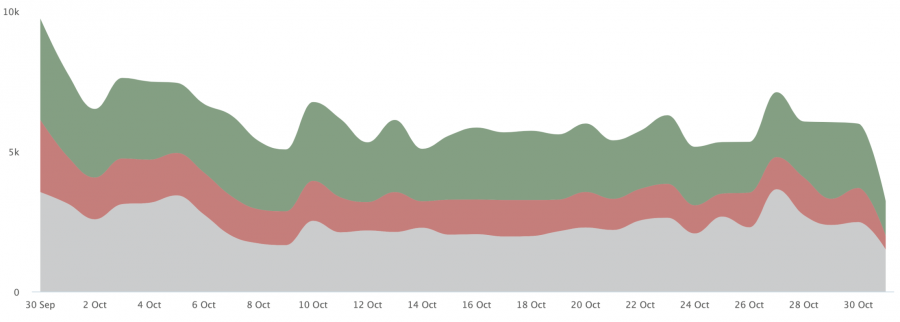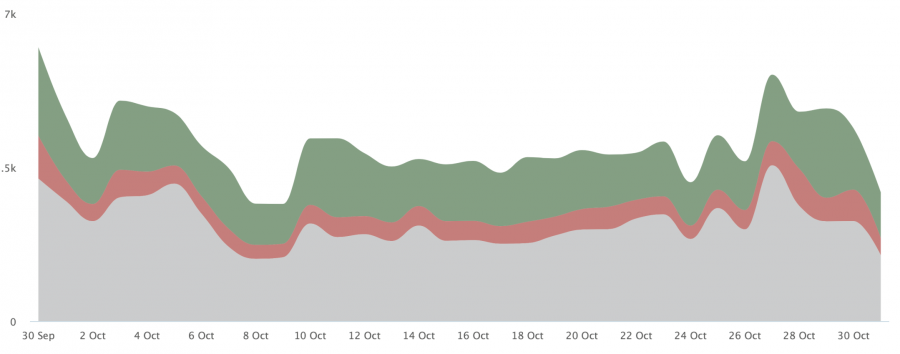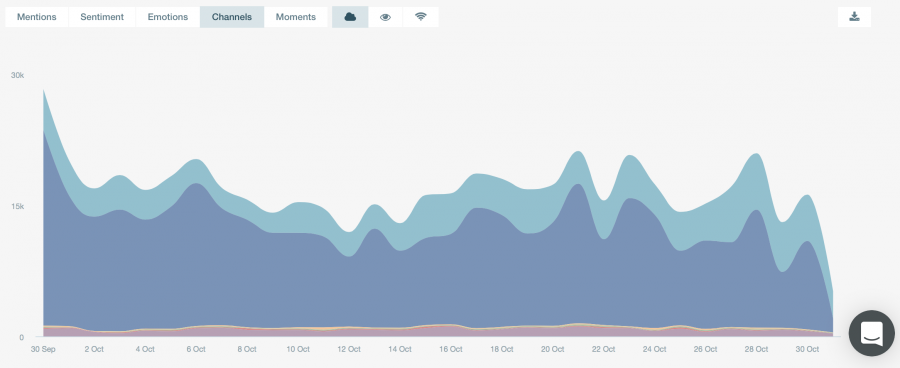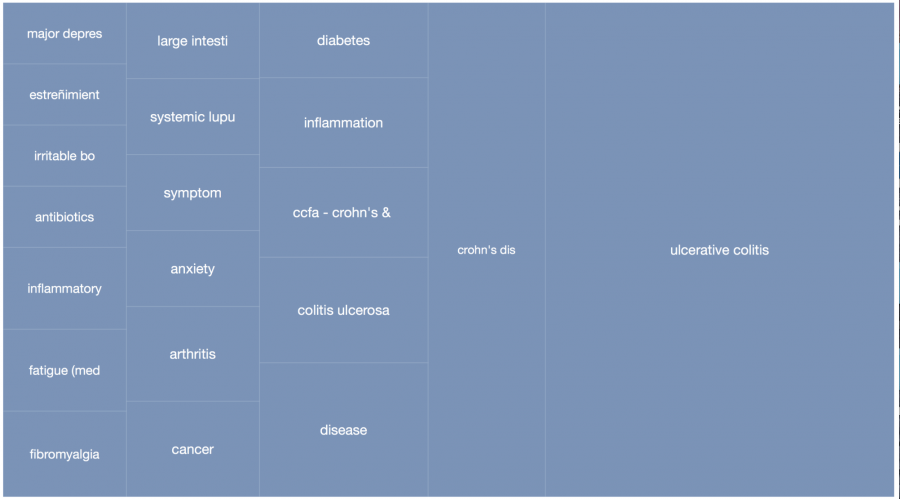Social Q&A: #2 How Facebook topic data can make all the difference to your research
In this series, our Head of Account Management Jamie Watson addresses frequently asked questions about audience intelligence platform Pulsar. Whether you’re a frequent Pulsar user or still evaluating a social media research platform for purchase, Jamie’s tips, tricks & useful info aim to highlight what to look out for.
Facebook topic data
After last week’s look at the data sources that Pulsar allows you to explore, and how they differ in terms of real-time vs historical capabilities, I decided to deep-dive into one of our most interesting data sources, Facebook topic data, as this is not something that many tools offer, especially integrated alongside all the other social data available.
The difference between Facebook data and Facebook topic data
For most of my career working with social data, Facebook data has been the bane of my life. Seeing the sheer size and popularity of the platform, it’s a key source you wouldn’t want to skip for analysis. But initially, the only visibility you could get using this source was through posts from public profiles, collecting data through keyword searches. Now there were a couple of key issues with this:
- There really wasn't much of this data coming through in the first place, because not many people have public profiles or post content publicly
- Public profiles tend to be biased towards public interactions (e.g. sales content heavy), meaning they are a lot less about genuine consumer opinion
That all changed however when Facebook (to my delight) introduced Facebook topic data, opening up the doors to an aggregated an anonymized stream of all its data to a very few selected suppliers. And we jumped at the opportunity releasing an integration before anybody else.
What can Facebook topic data give you?
In Pulsar Facebook topic data will contribute to volumes, sentiment, channel breakdown, age, gender, language, most shared links, key topics and locations and will allow you filter the data by keywords alongside every other data source you’re using. I have included a few visuals below to support this:
Sentiment
For those of you who rely heavily on sentiment for your reporting and research, Facebook topic data will give you a real shot in the arm. The reason for this is that people tend to share more opinions on a private platform like Facebook amongst their peers, as you can see, this data set from a national retailer has more combined positive and negative data than neutral – that’s a lot of sentiment to work with mens cheap air max. Now look what happens if we exclude Facebook topic data from the same data set:
Interesting, right? It paints a completely different picture, showing a much higher level of neutral data, which is less useful for analysis. So Facebook topic data can give you more useful sentiment data.
Channel Breakdown
This visual is taken from a brand tracker for a well known technology company. Facebook data is represented as the dark blue color in the graph. As you can see, the sheer volume reflects the importance of Facebook as a datasource. Even just looking at the scale of the conversation without deep diving into the context will show the importance of Facebook to clients and stakeholders alone.
Demographic Data
In the audience tab you can see a breakdown of your audience by gender, age, location and language:
This demographic date is great for understanding who are the people talking about your brand or category on Facebook. By understanding which conversations different demographics are having you can start to identify which content they need to be targeted with. Facebook topic data gives you much more complete demographic data than other data sources.
Topics
With an anonymized and aggregated dataset, key topics (located under the ‘topics’ tab) is key to providing the qualitative context behind your quantitative statistics:
This treemap highlights what exactly was the focus of the 30,000 posts per day mentioning the hot topic of colitis. Essentially, you’re mapping the discussion behind the topic search. Without seeing the posts themselves, you’ll still be able to understand the context of your topic.
Considerations when using Facebook topic data
As with any data source, there are a number of key considerations that you will need to bear in mind when you’re looking to use it in your search:
- Facebook topic data is a real-time only data source.
This means that it is great for ongoing brand and category trackers, but for research projects, pitches and marketing pieces, a period of real-time data collection will need to be included. We always recommend including this data collection period wherever possible - as illustrated earlier, the data volumes are far too large to ignore and will really give you more value.
- Your tracker will store the data for 31 days before being removing it.
As such, we recommend that if you collect data for longer periods of time, you set a reminder to download the Facebook data every month, to ensure no data points are lost.
- A minimum of 100 unique authors per day are required to visualize any data point.
In order to deliver truly aggregated and anonymized data, Facebook topic data requires a minimum level of data to deliver any data point. This means that in some cases, for example for small categories and brands, you will not see any data if your volumes are very small. This being said, we still recommend that you include this in your reporting as a "low conversation" data source to show clients and stakeholders that Facebook is being taken into consideration, however no data points are available.
With the introduction of Facebook topic data, Facebook has truly become a useful data source to marketers, analysts and those working with social media data – if you have questions, just let me know.
If this sounds interesting and you’d like to find out more, please get in touch: [email protected]. If you’re an existing Pulsar client, just contact us on [email protected]. Of course you’re always welcome to give us a good old fashioned phone call too, reach us on +44 (0)20 7874 6577





